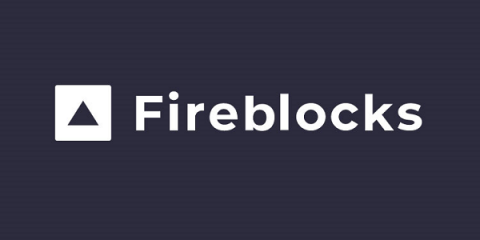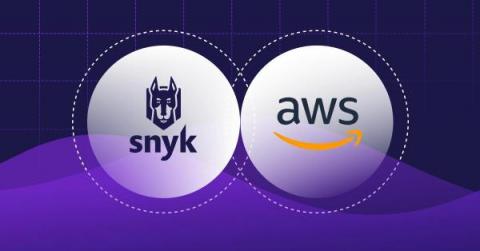Security | Threat Detection | Cyberattacks | DevSecOps | Compliance
Vulnerability
BitGo Wallet Zero Proof Vulnerability: Technical Report
The vulnerability allows an attacker to extract the full ECDSA private key from BitGo Ethereum TSS wallets using a single signature and a few seconds of computation, bypassing all of BitGo security features.
Synopsys earns top recognition at 2023 Cybersecurity Excellence Awards
Vulnerabilities page updates: Major improvements to accelerate remediation
We know that most security teams today handle a backlog of thousands of vulnerabilities. We also know that not all of these vulnerabilities pose a significant risk to your organization, whether or not they have a high severity score or are present on a business-critical asset. We’ve spoken with dozens of security teams over the last few months and have learned that filtering vulnerabilities across several factors is critical to accelerating remediation.
OWASP Top 10: Insecure design
API4:2019 - Lack of Resources & Rate Limiting: The What, Sample Exploit, and Prevention Methods
Patching Vulnerabilities Within 24 hours
AWS top 10 misconfigurations and how to fix them: A cheat sheet
Amazon Web Services (AWS) remains the dominant cloud provider, with 40.8% of the market share. Many enterprises and organizations today have some, if not most, of their infrastructure on Amazon Web Services. AWS helps organizations accelerate their digital transformations and innovate faster, but there are common misconfigurations when moving to AWS.
New language-specific Snyk Top 10 for open source vulnerabilities
Developers use open source code because it facilitates fast development. In fact, the vast majority of code in modern applications is open source. But just like any other code, open source libraries are open to vulnerabilities that can negatively affect a wide range of end-user products. So with widespread usage of open source, it's important for teams to be aware of the risks that can be hidden in the libraries they use.











